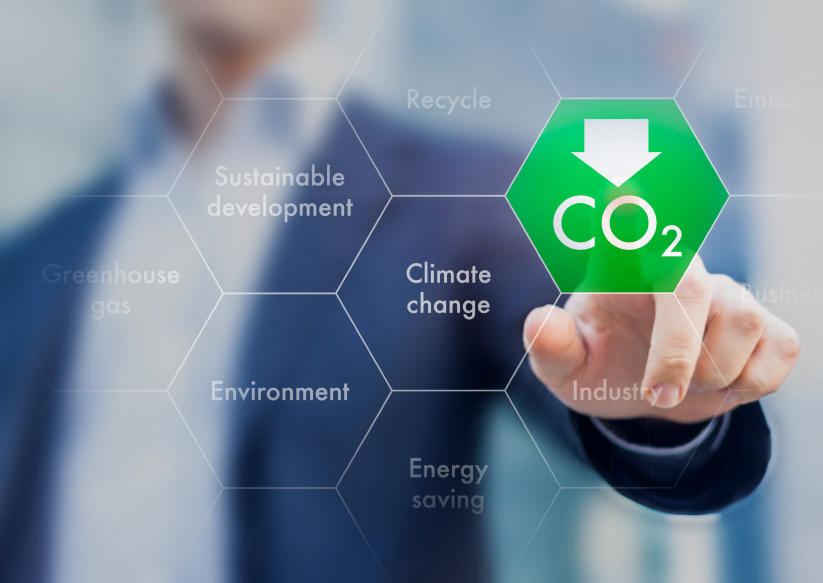At Atlantic Coffee Industrial Solutions in Houston, Texas, workers used an environmentally-friendly supercritical carbon dioxide (CO2) process to extract caffeine from coffee beans. Unfortunately, “environmentally friendly” is not the same as “safe”— as the company found out on November 12, 2015, when a CO2 leak led to the asphyxiation death of 53-year-old Steven Reyna, a shift supervisor who had worked for the company for 20 years.

|
Following an investigation, OSHA issued nine serious citations against the employer, carrying $63,000 in proposed penalties. That’s a lot of trouble from a chemical that’s always present in the atmosphere and generally only hazardous as a simple asphyxiant. What’s different about supercriticalCO2?
Environmentally Friendly, but Hazardous to Workers
Carbon dioxide is always present in the atmosphere, in concentrations that vary seasonally from 3–9 parts per million. Our own bodies manufacture it as we breathe, turning inhaled oxygen into exhaled CO2. So, carbon dioxide generally doesn’t make anybody’s list of hazardous workplace chemicals. In fact, that’s why Atlantic was using it to decaffeinate their coffee—it is nontoxic, noncorrosive, and noncombustible. It is the greenest of green manufacturing solutions.
But the carbon dioxide used in the decaffeination process is not the garden-variety CO2 used by plants. The form used in the process is supercritical carbon dioxide: a form of carbon dioxide that is compressed until it would ordinarily be a liquid, and then it is heated until it would ordinarily be a gas—leaving it in a fluid state with no distinct separation between the liquid and the gas.
In that “in between” state, CO2 is an excellent nontoxic solvent that is finding more and more industrial applications. It is used to extract fat from snack foods and flavor oils from hops in the brewing industry. It can be used to safely sterilize tissues and organs for transplant, replacing toxic- and tissue-damaging alternatives like gamma radiation and ethylene oxide sterilization.
Supercritical CO2 has been used since 1974 as a decaffeinating agent by coffee roasters, substituting for dichloromethane, a neurotoxic and potentially carcinogenic solvent. Supercritical carbon dioxide is especially well-suited to the decaffeinating process, since it removes caffeine while leaving the aroma oils, and the beans do not need to be treated after decaffeination to remove solvent residues. The carbon dioxide can be stripped of caffeine residue and reused.
Unfortunately, like nitrogen, carbon dioxide in compressed form can expand quickly in the event of an accidental release, displacing oxygen and asphyxiating workers. That’s what happened at Atlantic Coffee Solutions. Given the increasing number of uses industry is finding for supercritical carbon dioxide, it’s important that employers understand that their “green” solution could create a workplace hazard.
Tomorrow, we’ll look at the citations Atlantic drew as a result of its failure to address the hazards of its “green” process.

Jennifer, Yesterday in your article “Supercritical CO2: The Green Solution That Created a Deadly Hazard” you stated: supercritical carbon dioxide: a form of carbon dioxide that is compressed until it would ordinarily be a liquid, and then it is heated until it would ordinarily be a gas—leaving it in a fluid state with no distinct separation between the liquid and the gas. Carbon dioxide is one of the few compounds that sublimates – it goes directly from a solid to a gas with no liquid state in between. How can it go to a liquid state when it doesn’t normally have one?